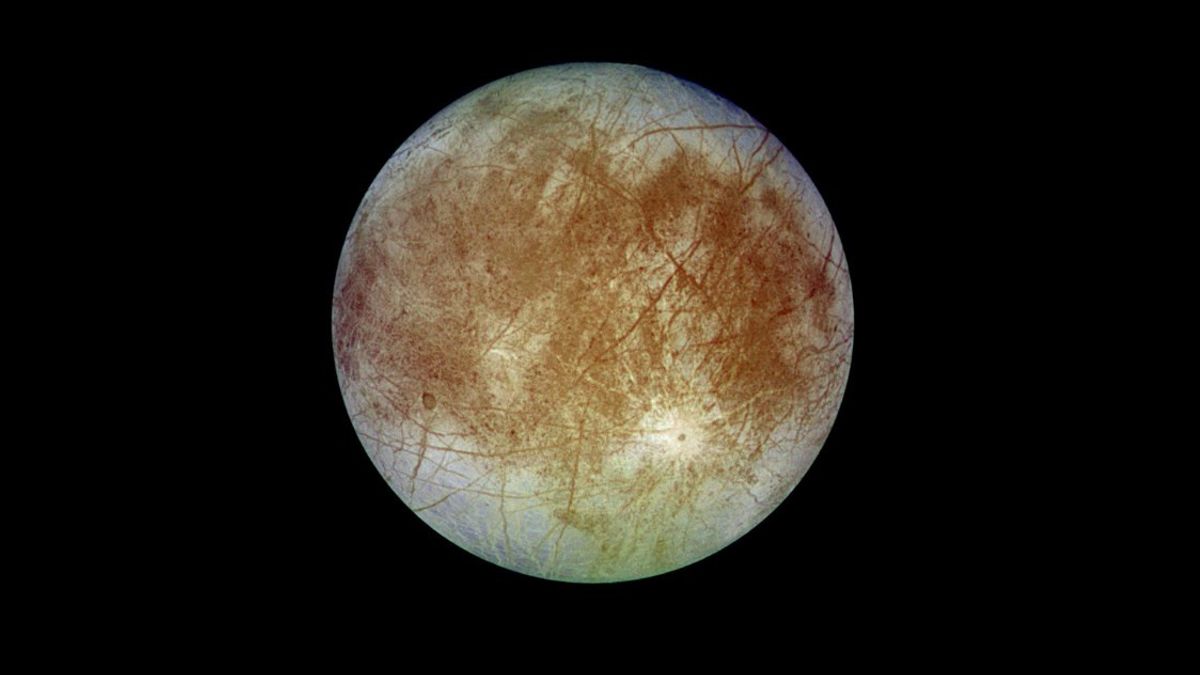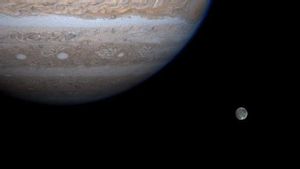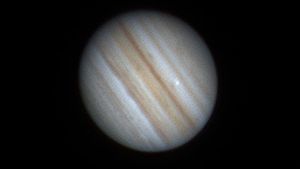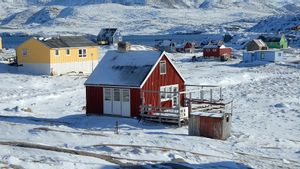JAKARTA - A group of scientists from Stanford University stated that Jupiter's satellite, Europa, which has double mountains and is covered by an icy surface may be a sign of life. They suggested that the shape of the surface ice on Europa could imply the existence of shallow pockets of water.
The view emerged after the team analyzed ice-penetrating data from Greenland and found that similar mountains in Greenland may have formed in the same way as on Europa.
If that turns out to be true, it could also mean that there may be water elsewhere on Jupiter's icy satellite, potentially increasing the chances of finding life there. In addition to Jupiter's moon, Saturn's satellite, Enceladus, also has an icy surface.
"Because it's closer to the surface, where you get interesting chemicals from space, other moons, and Io's volcanoes, there might be life if there were pockets of water in the shell," said study co-author Dustin Schroeder. , a professor of geophysics at Stanford University's School of Earth, Energy & Environmental Sciences.
"If the mechanism that we see in Greenland is how this happens on Europa, it shows there is water everywhere," he added.
Previous observations have shown that Europa isn't all icy, harboring a deep saltwater ocean within it, but that its thick icy shell makes it problematic to get only samples. Europa is considered one of the best places in the Solar System that could potentially host alien life.
SEE ALSO:
"People have been studying these double ridges for over 20 years now, but this is the first time we've actually been able to see something similar on Earth and see nature do its magic," said Gregor Steinbrugge of NASA's Jet Propulsion Laboratory.
The similarities between the mountains of Greenland and Europa were discovered by chance when he and his Stanford colleagues attended a presentation on Europa. "We are making a much larger step toward understanding what processes actually dominate the physics and dynamics of Europa's ice shell."
Riley Culberg of Stanford says that in Greenland, double ridges "form where water from surface lakes and rivers often flows near the surface and freezes again."
"One-way similar shallow pockets of water could have formed on Europa might be through water from the subsurface ocean being forced up into the ice shell through fissures - and that would suggest that there may be a reasonable amount of exchange taking place within the ice shell," Culberg said.
For the scientists suggestion to receive more credible evidence, more data must be collected from Europa's orbit so the team can compare it with data from Greenland. And, if more similarities are found between Greenland and Europa, scientists believe it could lead to a "very interesting discovery" as reported by SputnikNews.
The English, Chinese, Japanese, Arabic, and French versions are automatically generated by the AI. So there may still be inaccuracies in translating, please always see Indonesian as our main language. (system supported by DigitalSiber.id)












